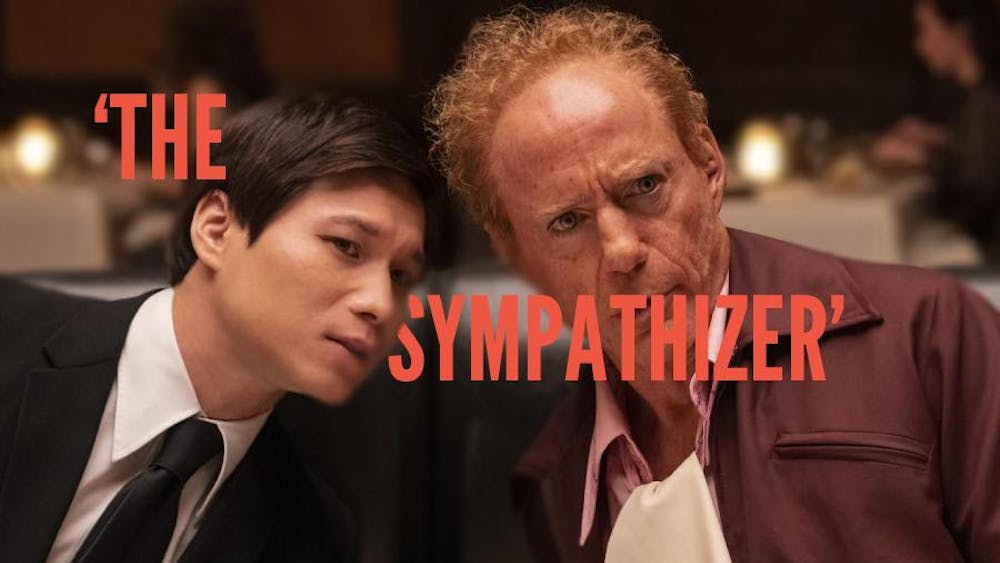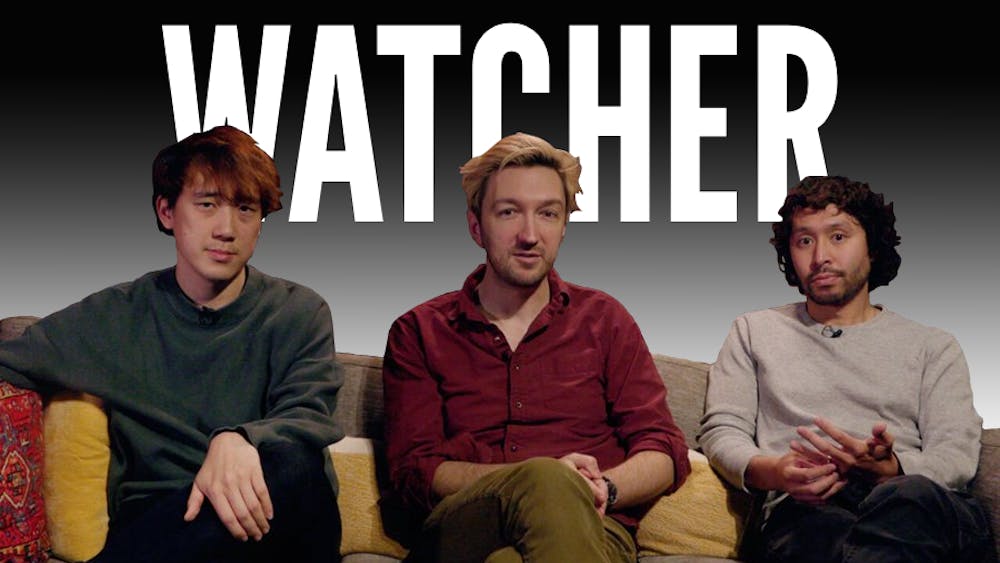
When rapper Danny Brown says, “You ain’t heard it like this before,” he means it. He puts his struggles with depression, drugs and success on full display in his new album, “Atrocity Exhibition.” The title comes from a Joy Division song that describes a mental asylum open to paying gawkers, and it’s clear the rapper identifies with the inmates. Is the titular atrocity Danny Brown himself, or is it the crowd gathered to rave through his pain?
Three years have passed since Danny Brown’s last album, “Old.” The Detroit native split that project in two — the first half detailed his drug-dealing past over downbeat hip-hop while the second fused his present day struggles with depression and substance abuse to party-ready electronic beats. “Atrocity Exhibition” Frankensteins the two together, putting his listeners in the headspace of a man struggling to leave the street life over post-punk and industrial backing tracks.
Brown signed with famed electronic label Warp Records to release this album, and its progressive sound fits within the heritage of visionary label-mates like Aphex Twin and Flying Lotus. The album is a quick, dense burst of disparate musical influences, twisted like the broken-VCR aesthetic of its cover. Brown’s squawking voice flows perfectly over every beat, even when perfectly means in manic fits and starts.
“Rolling Stone” welds a Gang of Four bass line to steady drums, incessantly clanging like a church bell. Guest vocalist Petite Noir’s mournful melody laments “living like a rolling stone” and begs for release, not empathy. Brown’s verses harness the power of that phrase’s long musical history, rapping about feeling untethered in endless indulgence. A rhyme like “bought a nightmare, sold a dream — happiness went upstream” is simple and direct, yet this couplet also ties into a recurring water motif. When the beat drops out, his isolated voice shocks like jumping headfirst into a cold pool.
Sometimes the tension never finds a release, like on lead single, “When It Rain.” The four-on-the-floor beat is supplemented with layers of exotic percussion, but there’s no snare for the rhythm to coalesce around. The two-note bass riff is relentless. When Brown raps “living every day like it’s the end, just waking up feeling like a sin,” the stress weighs him down even as the beat propels him forward.
Danny Brown only grants himself one song to cut loose, but it is a monster. Posse cut “Really Doe” is built on a loose drum loop and horror-movie arpeggios, with a bass-line that darts all around the downbeat. It features previous Brown collaborators Kendrick Lamar and Ab-Soul as well as Earl Sweatshirt — the Odd Future alum’s first time sharing a song with any of the others. These rappers bubbled up out of the blogs and blew up contemporaneously in 2011, and this track is like a second-term inaugural address, five years later. All four MCs bring their best bars, determined to one-up each other between each chorus. Picking the best verse should prompt plenty of debates between fans, but Earl ultimately wins out with standout lines such as “I’m at your house like, ‘Why you got your couch on my Chucks?’”
Beyond the dedicated posse cut, guests on “Atrocity Exhibition” are few and far between. Brown’s unique perspective forms the core of the album and he shows listeners someone who has finally attained economic security only to learn that the struggle never ends. Knowing that many others tried and failed to achieve success that could still disappear any moment is enough to bring out a desperate hedonism in anyone. There’s a perverse sense of vitality even amongst the decay, like a dumpster covered in throbbing neon light.
It helps that Danny Brown is at the top of his game as a rapper. On a more lightweight track like the marijuana ode “Get Hi,” he weaves fragments of tour life into allusions to jazz legends. In lines like “Ornette with a fortress, scorching frontos on porches, torching up, the purple got me spinning in a circle,” the dizzying internal rhymes are decorative flourishes. Even here, it’s unclear whether his smoked-out bliss is a therapeutic oasis or another curve of his downward spiral.
“Atrocity Exhibition” is a staggering album. Its pleasures are immediate but deepened by multiple listens. As the MC himself would say, it’s impossible to dance in its waters and not get wet, mind still damp with rhymes hours after the clouds have passed.













